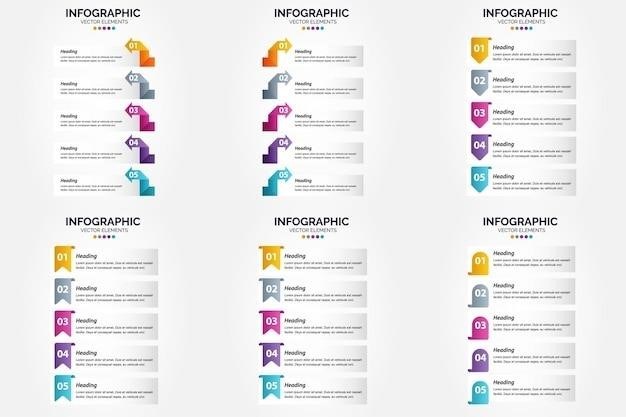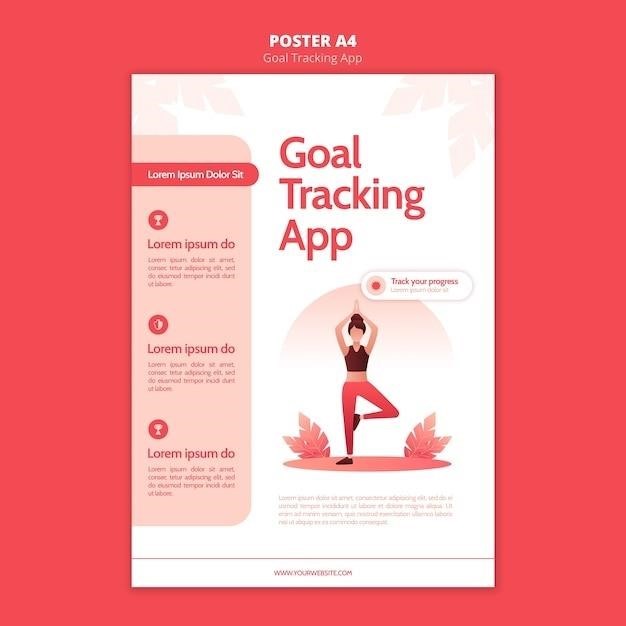The 12 Steps of Alcoholics Anonymous
The 12 Steps of Alcoholics Anonymous are a set of guidelines for recovering from alcoholism. They are outlined in the book Alcoholics Anonymous, also known as the Big Book. The 12 Steps can be found at the beginning of the chapter “How It Works.” The steps are a guide to recovery, helping individuals to admit their powerlessness over alcohol, believe in a Higher Power, turn their lives over to that power, make amends for their wrongs, and more.
Introduction to the 12 Steps
The 12 Steps of Alcoholics Anonymous are a foundational element of the program, serving as a roadmap for individuals seeking recovery from alcoholism. They represent a spiritual journey of self-discovery, personal transformation, and connection with a higher power. These steps are not merely a set of rules to follow but rather a framework for personal growth and a path toward a life free from the grip of addiction. The 12 Steps are a cornerstone of AA’s philosophy, emphasizing the importance of honesty, humility, and a willingness to change. They offer a practical and spiritual approach to overcoming alcoholism, one step at a time.
The 12 Steps⁚ A Guide to Recovery
The 12 Steps of Alcoholics Anonymous provide a structured and gradual process for recovery. Each step addresses a specific aspect of the recovery journey, building upon the previous one. The steps encourage individuals to confront their addiction honestly, seek guidance from a Higher Power, make amends for past actions, and ultimately find a sense of peace and purpose in their lives. They are not meant to be rushed through but rather to be embraced and worked through at one’s own pace. The 12 Steps are a guide to personal transformation, helping individuals to develop a new way of living, one that is free from the destructive patterns of addiction. They offer a framework for self-discovery, personal growth, and a renewed sense of hope.
Step 1⁚ Admitting Powerlessness
The first step in Alcoholics Anonymous is a crucial one⁚ “We admitted we were powerless over alcohol—that our lives had become unmanageable.” This step requires acknowledging the reality of addiction and recognizing that the individual has lost control over their drinking. It is a step that can be challenging and even painful, but it is essential for moving forward on the path to recovery. It means letting go of the illusion of control and accepting that alcohol has become a dominant force in their life. This admission is not a sign of weakness but a sign of strength, as it opens the door to seeking help and finding a new way of living. This step lays the foundation for the entire 12-step program, setting the stage for the subsequent steps that will guide individuals toward a life of sobriety and recovery.
Step 2⁚ Belief in a Higher Power
Step 2 of the 12 Steps encourages a shift in perspective. It states⁚ “Came to believe that a Power greater than ourselves could restore us to sanity.” This step is about recognizing the limitations of our own willpower and seeking support from something beyond ourselves. This “Higher Power” can be interpreted in various ways, it could be a traditional God, a force of nature, a spiritual concept, or even a group of people. The key is to find something that offers a sense of hope, guidance, and strength. This step challenges individuals to move beyond their own self-reliance and embrace the idea that recovery is possible with the help of a force greater than themselves. It lays the foundation for a surrender to something bigger, opening the door to a new understanding of life and recovery.
Step 3⁚ Turning Over to a Higher Power
Step 3, “Made a decision to turn our will and our lives over to the care of God as we understood Him,” is the pivotal point where individuals commit to surrendering their control. It is about recognizing that we cannot manage our lives alone, especially when grappling with addiction. It’s a conscious choice to relinquish the burden of self-reliance and trust in a power greater than ourselves. This act of surrender involves a deep commitment to letting go of the illusion of control and allowing this higher power to guide our path. It involves aligning our will with a force that we believe can offer guidance and support, leading us towards a path of recovery and a more fulfilling life. Step 3 is about embracing vulnerability and trusting in a force greater than ourselves.
Step 4⁚ Moral Inventory
Step 4, “Made a searching and fearless moral inventory of ourselves,” is a profound journey of self-discovery. It involves a thorough examination of our thoughts, feelings, and behaviors, acknowledging both our strengths and weaknesses. This step requires honesty and courage as we confront the less desirable aspects of ourselves, those that have contributed to our addiction and the problems in our lives. It’s not about self-judgment or condemnation; it’s about gaining a clear understanding of our character, identifying patterns of behavior, and recognizing the areas where we need to change. Step 4 is about taking responsibility for our actions and understanding the root causes of our addiction. It’s about facing the truth about ourselves without fear or shame, paving the way for genuine transformation.
Step 5⁚ Confession and Admission
Step 5, “Admitted to God, to ourselves, and to another human being the exact nature of our wrongs,” is a crucial step towards healing and liberation. It involves acknowledging our mistakes, taking responsibility for our actions, and sharing our vulnerabilities with another person. This step can be challenging, requiring courage and humility. However, it is essential for breaking down the walls of denial and shame that often surround addiction. By confessing our wrongs, we release the burden of guilt and secrecy, creating space for forgiveness and acceptance. Sharing our experiences with a trusted individual provides support and accountability, helping us to stay committed to our recovery. Step 5 is a significant step towards building trust and establishing a foundation for healthy relationships.
Step 6⁚ Readiness for Change
Step 6, “Were entirely ready to have God remove all these defects of character,” marks a significant shift in the recovery process. It’s about embracing the desire for transformation and acknowledging the need for change. This step requires a deep commitment to letting go of the old ways of thinking and behaving that have contributed to addiction. It’s not about seeking perfection, but rather about being open to the possibility of growth and a more fulfilling life. This willingness to change is a powerful catalyst for recovery, allowing individuals to step out of their comfort zones and embrace new perspectives. By surrendering to the guidance of a Higher Power, they can tap into inner strength and resilience, paving the way for lasting transformation.
Step 7⁚ Seeking Guidance
Step 7, “Humbly asked Him to remove our shortcomings,” emphasizes the importance of seeking guidance from a Higher Power. This step involves acknowledging our limitations and recognizing the need for external support. It’s about surrendering our ego and asking for help in overcoming our flaws and becoming better versions of ourselves. Seeking guidance involves opening ourselves up to a source of wisdom and strength that transcends our own understanding. This could involve prayer, meditation, or other spiritual practices that connect us to a power greater than ourselves. It’s about trusting that there is something bigger than us, something that can guide us towards healing and growth. By humbly asking for help, we create space for a transformative force to enter our lives and lead us on the path to recovery.

Step 8⁚ Making Amends
Step 8, “Made a list of all persons we had harmed, and became willing to make amends to them all,” is a crucial step towards healing and restoring relationships. This step involves taking responsibility for the harm we have caused, both to ourselves and others. It requires us to confront our past actions, acknowledge the pain we’ve inflicted, and make a sincere effort to right our wrongs. Making amends is about taking concrete actions to repair the damage we’ve done. This may involve apologies, restitution, or simply expressing our remorse. It’s important to remember that making amends is not about seeking forgiveness, but about taking responsibility for our actions and seeking to heal the wounds we have caused. It’s a process that requires humility, courage, and a willingness to let go of the past and move forward with a clean slate.


